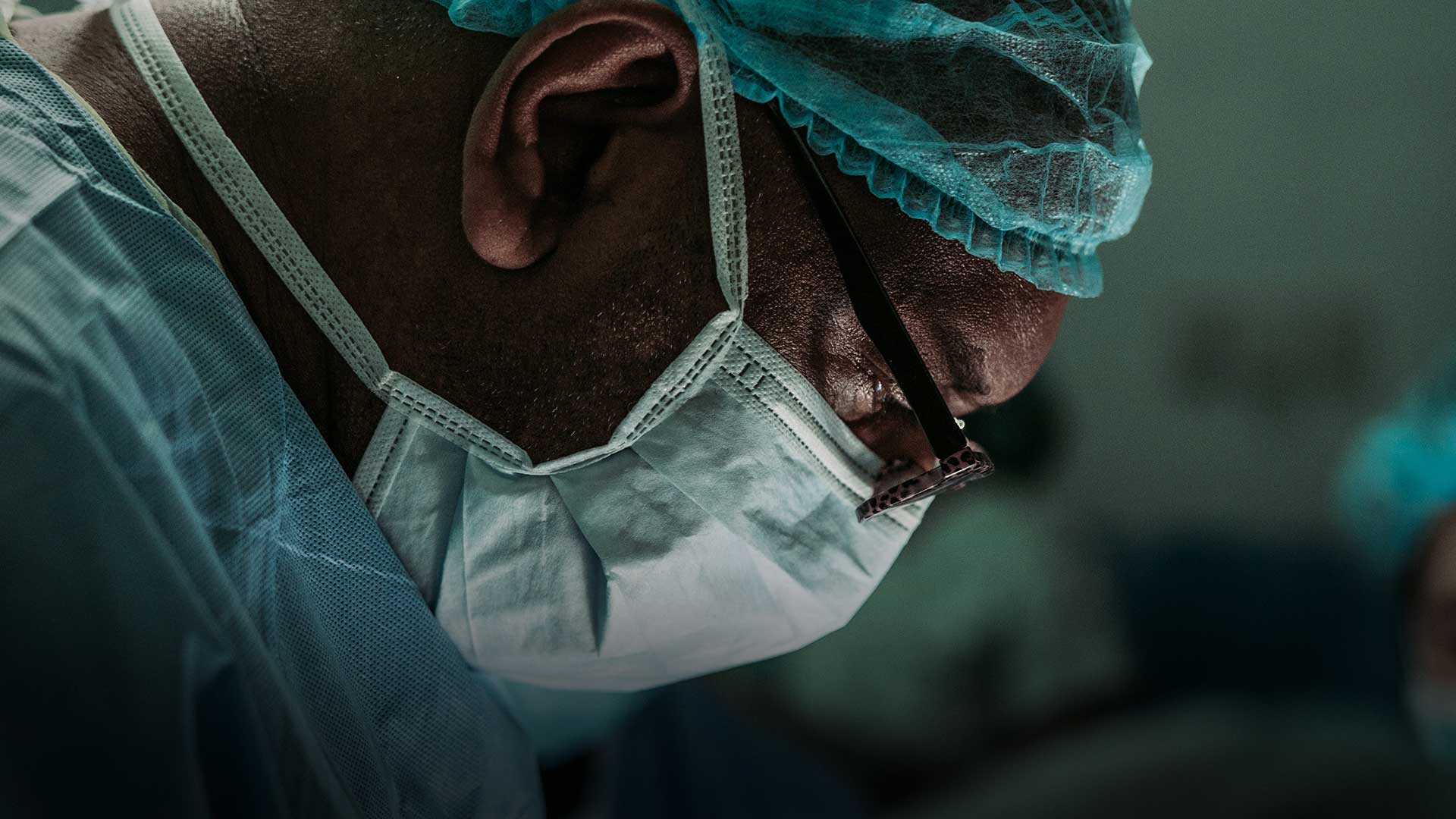A Data Remedy for Outdated Patient Care

Melbourne University's Centre for the Digital Transformation of Health wants to improve how data is captured and conveyed throughout the healthcare system
Data stands to transform the healthcare sector in big ways. From patient outcomes to healthcare provider performance and operations, data leaders across APAC are applying data science to make healthcare smarter, more efficient, better connected, and agile.
In our recently released report, The Digital Opportunities in Healthcare in APAC 2022, we spoke to several data leaders in the APAC region about some of the projects they are invested in to improve the outcomes for their staff, patients and organisations.
One of those was Wendy Chapman, who leads the Centre for the Digital Transformation of Health at the University of Melbourne.
The centre focuses on three main areas of work: workforce education, data-driven healthcare improvement, and translative innovative technologies in healthcare.
“In the data space, we’re focusing on getting the data needed to measure outcomes that matter to patients,” she says. “There is a lot of research on big data sets that the government owns and manages and it’s really helpful for quality indicators, but a lot of what gets measured is just not what patients care about.
“For example, if somebody has a surgery, the outcomes that get measured might be around if they survived or if they went home, when what the patient really cares about is if she can bend her knee so she can garden. That is not looked at at all. A procedure may be considered successful by a surgeon, while the patient considers it a failure.
“To get to those outcomes we have to link clinical data with data generated by patients and collected from the environment. That’s where we are focused: how to collect and manage that type of data and how to build an infrastructure that supports clinicians and researchers in learning from it.”

Improving Patient Data Collection and Flow
The Centre for the Digital Transformation of Health is currently running two projects to support its objectives in data-driven healthcare improvement. The first is a digital platform for brain cancer patients and survivors.
“This will help them get reliable information, help them connect with each other and also help them monitor symptoms,” University of Melbourne’s Wendy Chapman says.
“The other project is a simulated digital ecosystem, which includes simulated electronic medical record systems, patient apps and medical devices that allow researchers to develop new models of care and the data flows that support them.
“You can physically simulate use of digital technologies in patient homes or the GP’s office as well, so you can refine workflows and validate digital interventions before implementation in a real setting.”
In light of fragmented data stores and considering the increase in virtual care services, driven largely by COVID, Chapman says such projects will help to improve communication between the patient and the healthcare system.
“One of my favourite initiatives comes from Scotland’s Digital Health & Care Innovation Centre (DHI), where they have learned what we as patients know: we want to tell our story once,” Chapman says. “For patients to be partners with their clinicians, we need mechanisms for patients to share relevant information with them before a visit and for clinicians to efficiently use that to guide improved care.”
This is an excerpt from our Digital Opportunities in Healthcare in APAC 2022 research report. Click here now to read the full report. To register for CDAO Sydney, follow this link.



